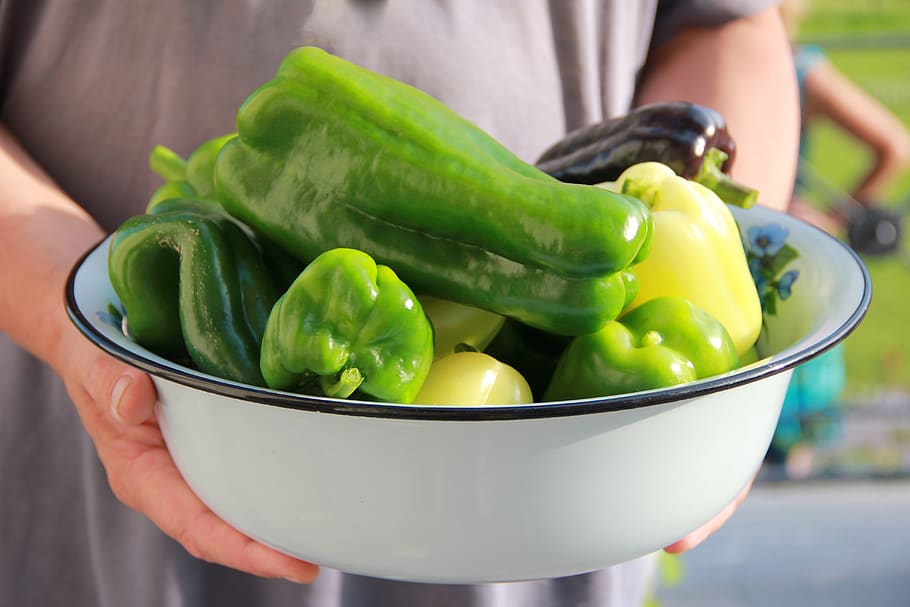Growing Peppers Indoors – Guidelines & Tips
Growing peppers indoors can be a fun and rewarding way to enjoy fresh-picked vegetables throughout the year. Peppers are easy to grow and with the right care, can thrive in an indoor environment. With a little bit of effort, you can have fresh, ripe peppers in your home all year round.
Choosing the Right Peppers
When selecting pepper plants for your indoor garden, it’s important to choose the right type of pepper for your space. Some peppers are taller and bushier than others, so you’ll want to select varieties that fit within your space. Hotter peppers are often more compact in size than milder ones, making them perfect for small spaces.
Location, Location, Location
Ideally, peppers should be placed on a south-facing windowsill to get the most light. This will also ensure peppers are exposed to the most amount of direct sunlight. However, if that is not possible, any sunny window will do. Just make sure the peppers receive at least 6 hours of direct sunlight every day.
Temperature and Water
Peppers prefer warm soil temperatures, around 70 degrees Fahrenheit. Water your pepper plants two or three times a week, making sure to water them evenly, but not too much. Over-watering can cause the peppers to rot, so it’s important to make sure the soil is never soggy.
Fertilize
Fertilize the pepper plants with a water-soluble fertilizer once a month to ensure they are getting the vitamins and minerals they need to thrive. Follow the instructions on the fertilizer label and never exceed the recommended amount.
Harvesting Time
Peppers typically take between 6 and 8 weeks to mature. Once the peppers are fully grown, they should be harvested quickly so the plant will continue to produce throughout the season. Peppers can be harvested by hand or with scissors to ensure there is no damage to the plants.
Pests and Diseases
When growing peppers indoors, pest and disease management is key. The most common pests to affect peppers are aphids, spider mites, and whiteflies. Keeping your plants free from pests will help ensure a healthy pepper harvest. Disease prevention includes maintaining good sanitation and keeping your peppers well-ventilated.
Conclusion
With a little bit of knowledge and effort, growing peppers indoors can be an enjoyable and rewarding experience. By following these guidelines and tips, you can have indoors-grown peppers all year-round!



